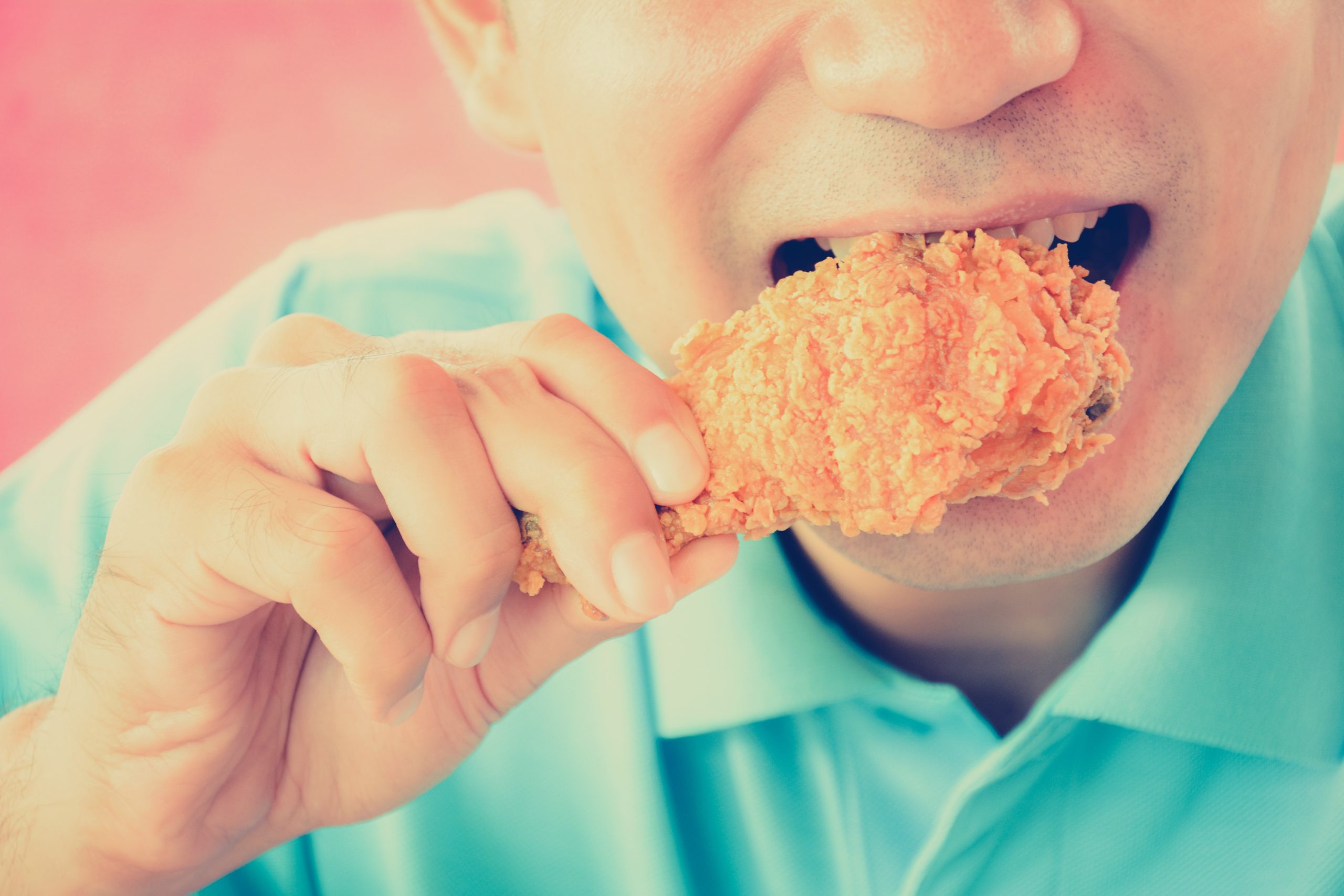Meat production increase drives EU feed

With more pig meat, poultry and dairy production projected over the outlook period, total compound feed use is expected to rise further by 2.9% to close to 271 million tonnes, from around 263 million tonnes today. This is according to the latest EU Agricultural Outlook.
This report presents the medium-term outlook for the major EU agricultural commodity markets and agricultural income up until 2026, based on a set of macroeconomic assumptions.
World population and income growth are expected to support higher global meat demand and contribute to higher EU meat exports. World meat consumption is expected to increase by 13.5%, or 42.6 million tonnes, between 2016 and 2026.
More feed to pigs and poultry
The top feed destination is pig production, with about 90 million t annually, followed by beef cattle (54 million t) and broilers (53 million t). Over the projection period, the main increase in compound feed use comes from poultry and pigs. This increase is expected to materialise mainly in the later years of the projection period, when the growth of pig meat and poultry production is highest, although less than the previous decade.
Maize is the most important feedstock for feed with a share of around 23%, followed by feed wheat (20%) and barley (16%), while soymeal fluctuates around 11%. The feed ration of broilers is dominated by wheat and maize use, while soymeal is also used extensively. Barley has a relatively high share in the feed mix of pigs and beef and dairy cattle. Grain maize use is relatively low in dairy cattle rearing (unlike silage maize).
Feed use gets more efficient
The feed conversion ratio (FCR) index, indicating the change in the amount of feed used per kilogram of meat (or milk) produced, shows a steady decrease for pigs and poultry, indicating feed-use efficiency gains in line with past achievements. The decrease is more pronounced in the EU-15, due to genetic improvements, productivity gains following further restructuring of the sector and feed rationing triggered by environmental concerns. For ruminants, the FCR is projected to stabilise, as improvements in genetics and management are expected to compensate for the intensification of herd rearing.
EU to become more self-sufficient
The EU is projected to become more self-sufficient in its provision of low-protein feed, as our wheat and coarse grains production increases (slightly) faster than feed consumption. The EU is also projected to increase self-sufficiency in medium-protein feed, which is partly linked to the advances in ethanol production, of which DDG and CGF (Corn Gluten Feed) are by-products, and partly to the projected increase in whey powder as dairy production further expands. The EU, however, is not projected to further improve its high protein feed self-sufficiency (which slightly decreases below 33%), as domestic oilseed production will stabilise while imports of soybean and meal are projected to increase.
[Source: European Commission]








